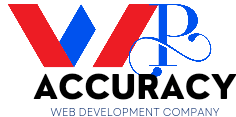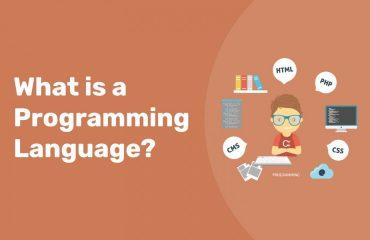HTML, or HyperText Markup Language, is the standard markup language used to create web pages. It defines the structure and content of a web page, including headings, paragraphs, images, and links.
Here’s a brief tutorial to get you started with HTML:
- Start with the basics: All HTML documents begin with a document type declaration, which tells the browser that the document is an HTML document. The basic structure of an HTML document includes the html, head, and body tags.
<!DOCTYPE html>
<html>
<head>
<title>Page Title</title>
</head>
<body>
<h1>This is a Heading</h1>
<p>This is a paragraph.</p>
</body>
</html>
Add content: HTML provides a variety of tags to structure content on a web page. For example, you can use the h1-h6 tags to create headings of different levels, the p tag to create paragraphs, and the img tag to add images.
<h1>This is a Heading</h1>
<p>This is a paragraph.</p>
<img src="image.jpg" alt="description of image">
Create links: Links are an important part of web pages, allowing users to navigate between pages and websites. Use the a tag to create links, and the href attribute to specify the URL of the linked page.
<a href="https://www.example.com/">Link Text</a>
Use lists: HTML provides ordered and unordered lists to organize content.
<ul>
<li>Item 1</li>
<li>Item 2</li>
<li>Item 3</li>
</ul>
<ol>
<li>First item</li>
<li>Second item</li>
<li>Third item</li>
</ol>
Format text: HTML provides a variety of tags to format text, such as the b tag to bold text, the i tag to italicize text, and the u tag to underline text.
<b>Bold text</b>
<i>Italicized text</i>
<u>Underlined text</u>
These are just the basics of HTML, but with this foundation, you can create a simple web page. To learn more about HTML, explore the various tags and attributes available, and practice creating your own web pages.





